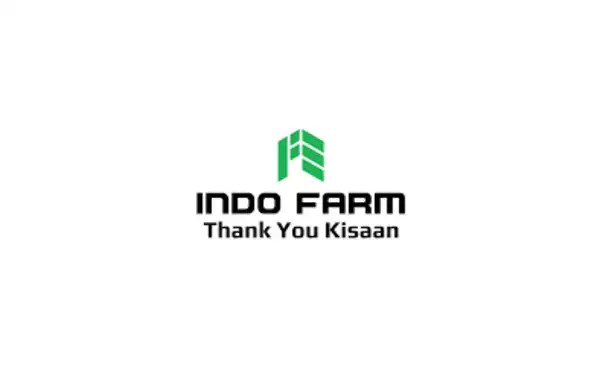The Indian Farm Equipment Market: A Promising Future Ahead
The Indian farm equipment market is on the cusp of a significant transformation, with projections indicating a robust growth trajectory. From FY24 to FY29, the market is expected to grow at a compound annual growth rate (CAGR) of 8.5%. This anticipated growth is not merely a statistical forecast; it reflects the evolving landscape of Indian agriculture, driven by various factors that are reshaping how farming is conducted across the country.
Historical Growth and Current Valuation
Historically, the Indian agricultural machinery sector has witnessed substantial growth, driven by the increasing mechanization of farms and the rising demand for efficient farming practices. As of 2024, the Indian Agricultural Machinery Market is valued at approximately USD 16.73 billion. This figure is projected to soar to USD 25.15 billion by 2029, underscoring the sector’s potential and the growing recognition of the importance of modern farming equipment.
Key Drivers of Growth
Several key drivers are propelling the growth of the Indian farm equipment market. Understanding these factors is crucial for stakeholders looking to navigate this dynamic landscape.
1. Strong Demand for Tractors
Tractors remain the backbone of agricultural mechanization in India. The increasing demand for tractors is fueled by the need for higher productivity and efficiency in farming operations. As farmers seek to maximize their output, the reliance on tractors and other mechanized equipment is expected to rise, contributing significantly to market growth.
2. Government Initiatives
The Indian government has been proactive in promoting agricultural mechanization through various initiatives and schemes. Programs aimed at providing subsidies for purchasing farm equipment, along with investments in rural infrastructure, are encouraging farmers to adopt modern machinery. These initiatives not only enhance productivity but also improve the overall economic viability of farming.
3. Labor Shortages
Labor shortages in rural areas have become a pressing issue, prompting farmers to turn to mechanization as a viable solution. With a declining rural workforce, the adoption of farm equipment is increasingly seen as essential for maintaining productivity levels. This shift towards mechanization is expected to drive demand for a wide range of agricultural machinery.
4. Greater Access to Credit
Access to credit has improved significantly in recent years, enabling farmers to invest in modern equipment. Financial institutions are recognizing the potential of the agricultural sector and are offering tailored loan products to facilitate the purchase of farm machinery. This increased access to financing is a crucial enabler of growth in the farm equipment market.
5. Rising Farmers’ Incomes
As farmers’ incomes rise, there is a greater willingness to invest in advanced farming technologies. Higher disposable incomes allow farmers to purchase modern equipment that can enhance productivity and efficiency. This trend is likely to continue, further driving the demand for farm machinery.
6. Low Penetration of Farm Machinery
Despite the growth in the sector, the penetration of farm machinery in India remains relatively low compared to developed countries. This presents a significant opportunity for expansion. As awareness of the benefits of mechanization increases, more farmers are expected to adopt modern equipment, contributing to the overall growth of the market.
7. Rise of Contract Farming
The rise of contract farming is another factor influencing the demand for farm equipment. As agricultural production becomes more commercialized, farmers are increasingly entering into contracts with agribusinesses, which often require the use of specific machinery to meet production standards. This trend is likely to boost the demand for specialized farm equipment.
8. Adoption of Precision Farming Techniques
The adoption of precision farming techniques is revolutionizing the agricultural landscape in India. Farmers are increasingly utilizing technology to optimize their farming practices, leading to more efficient use of resources. This shift towards precision agriculture is driving the demand for advanced machinery equipped with the latest technologies, further propelling market growth.
Conclusion
The Indian farm equipment market is poised for significant growth in the coming years, driven by a confluence of factors that are reshaping the agricultural landscape. With a projected CAGR of 8.5% from FY24 to FY29, the sector is set to expand, offering numerous opportunities for manufacturers, investors, and farmers alike. As the demand for tractors and other farm machinery continues to rise, supported by government initiatives, improved access to credit, and the adoption of modern farming techniques, the future of the Indian agricultural machinery market looks promising. Embracing these changes will be crucial for stakeholders aiming to thrive in this evolving environment.

